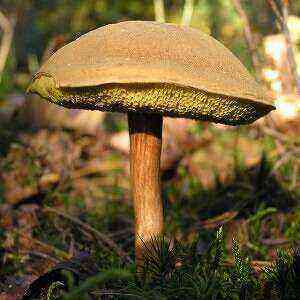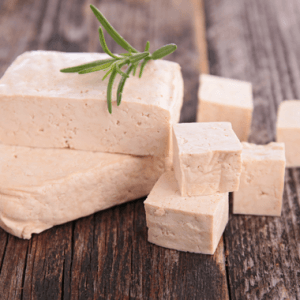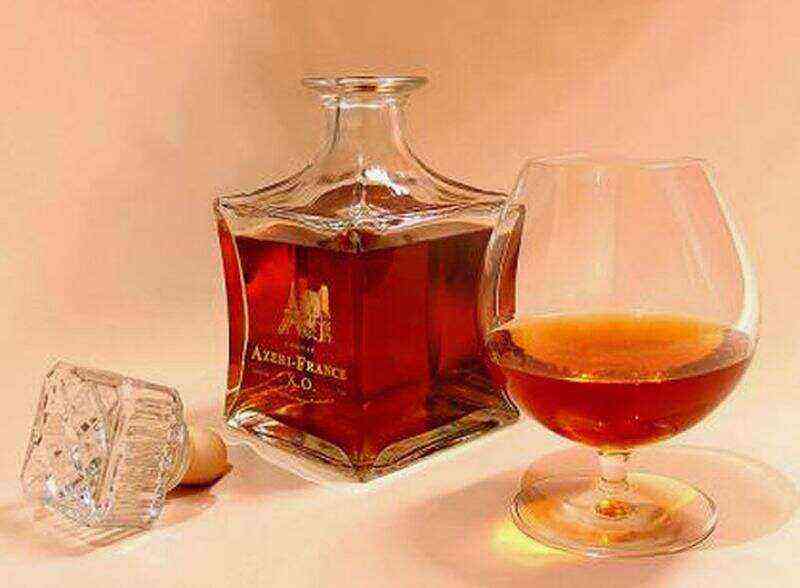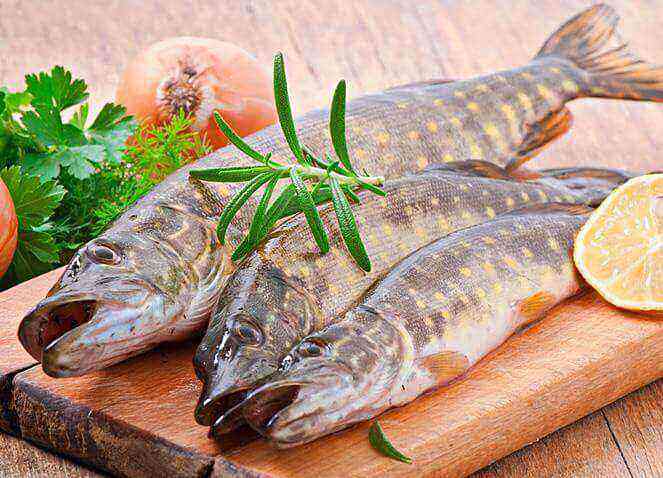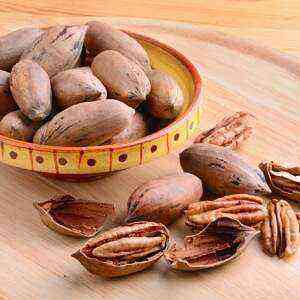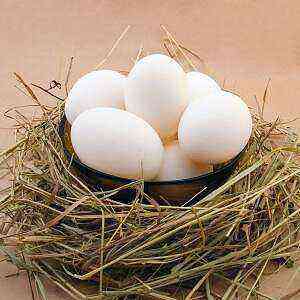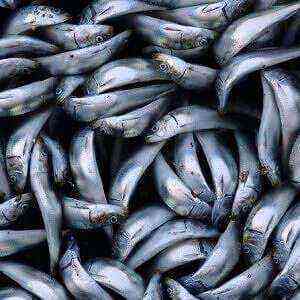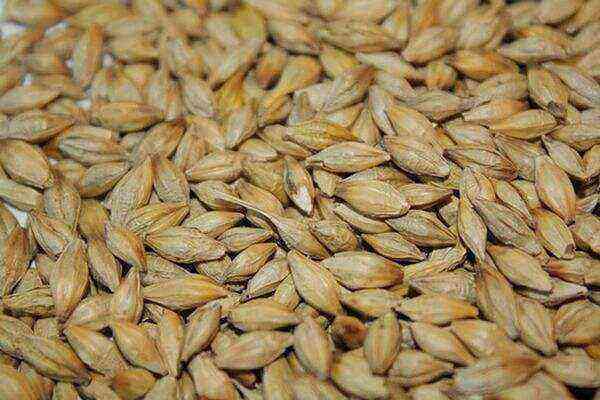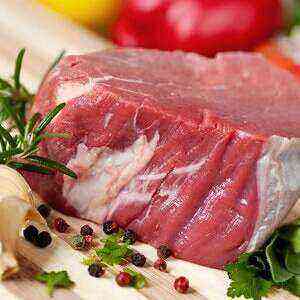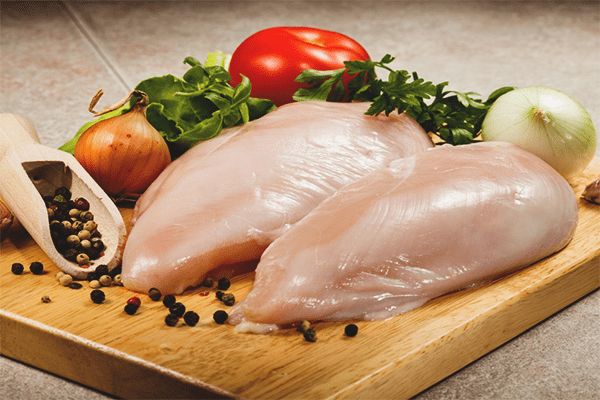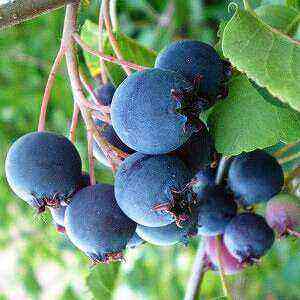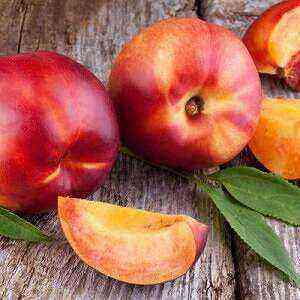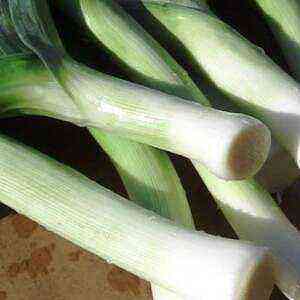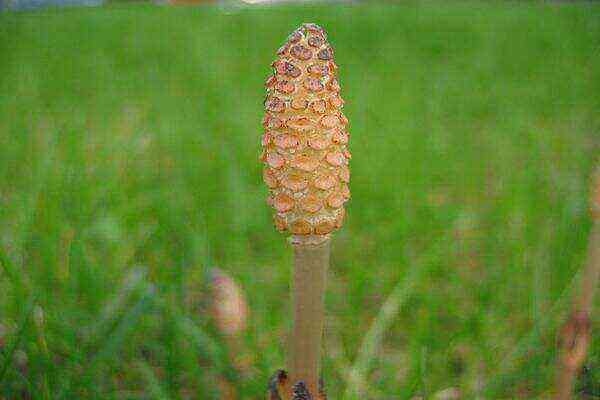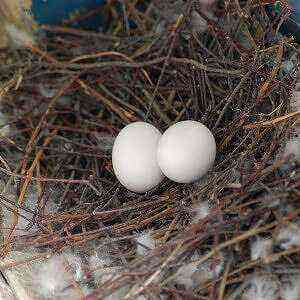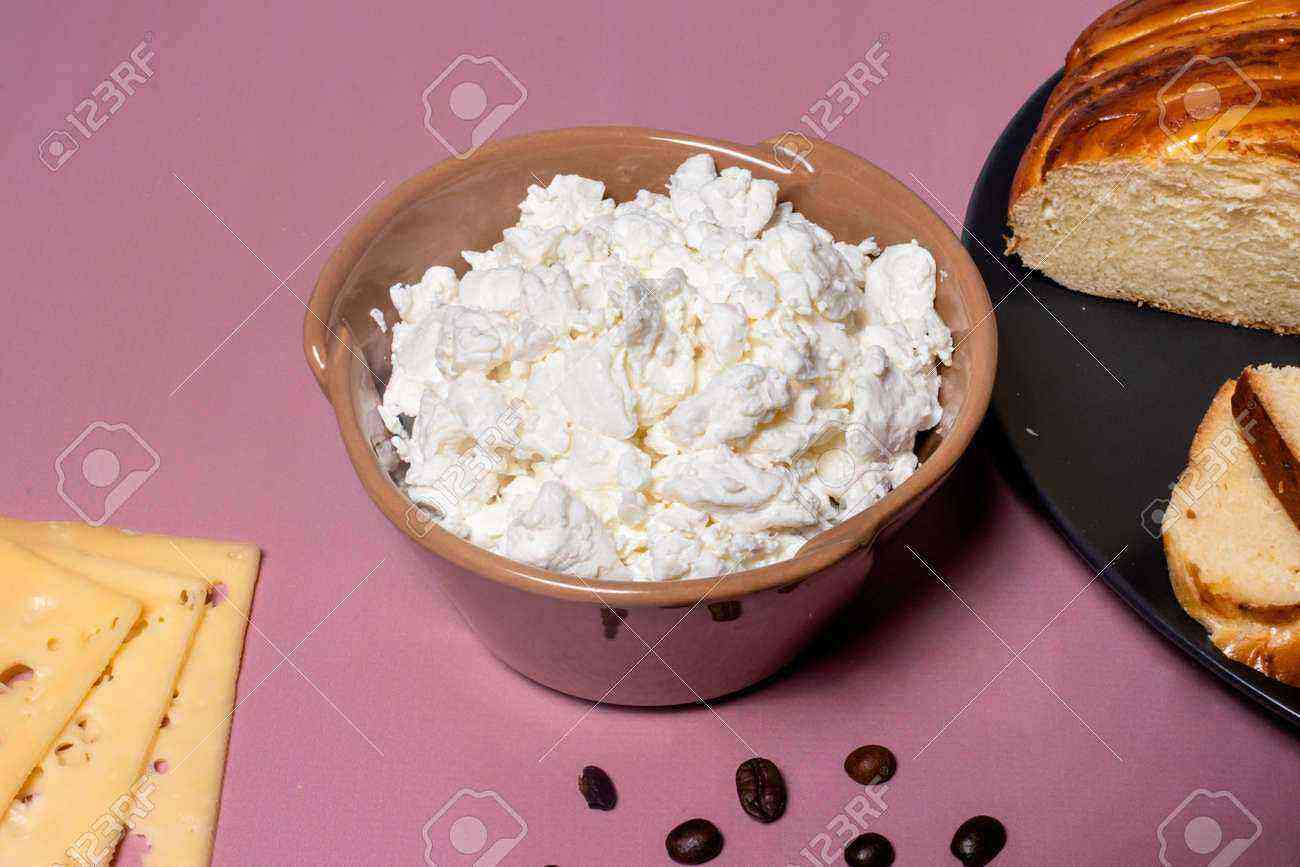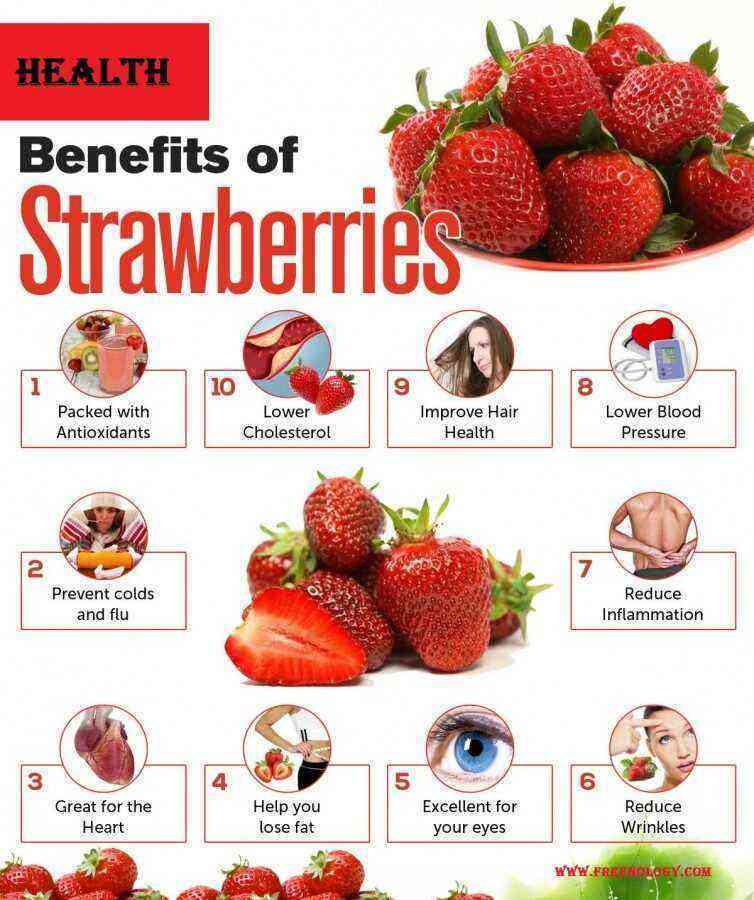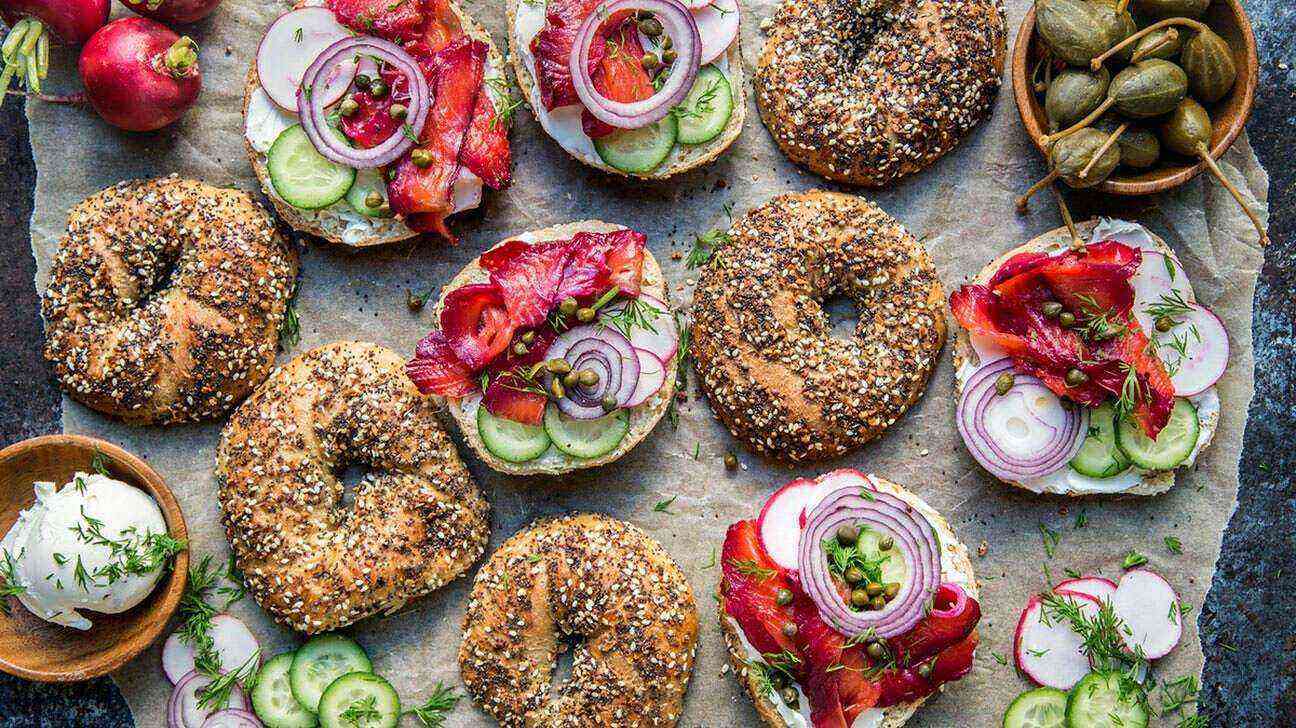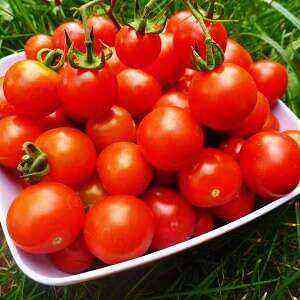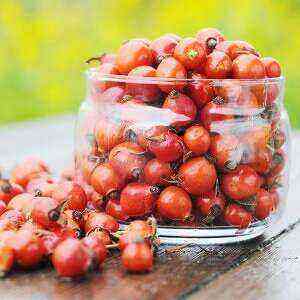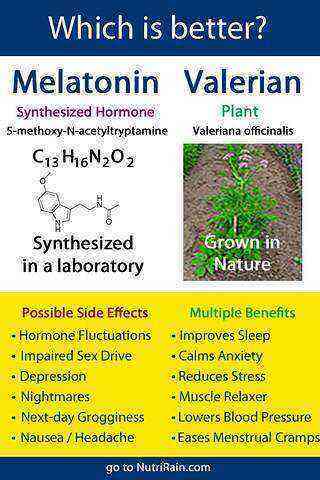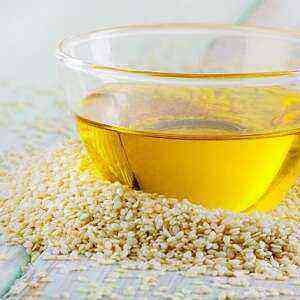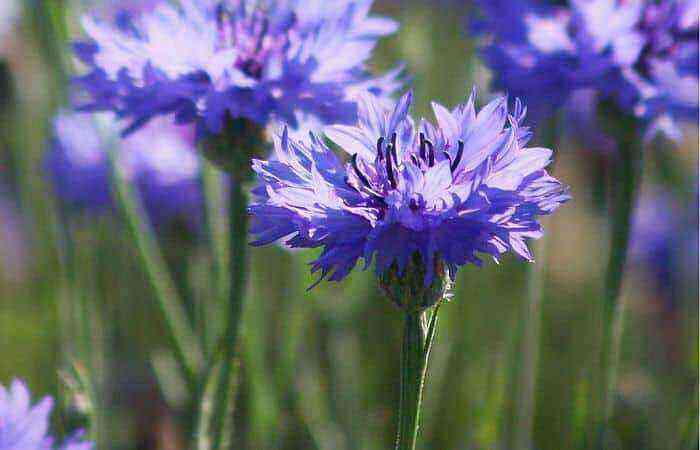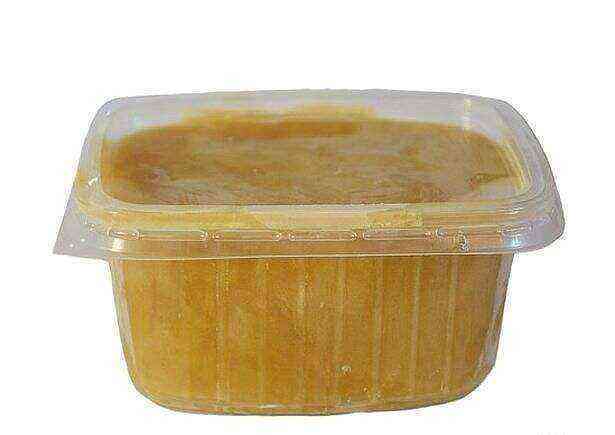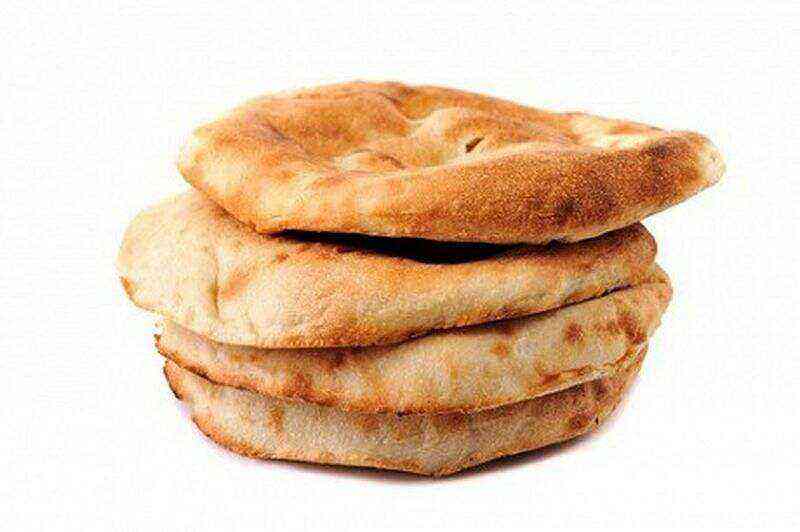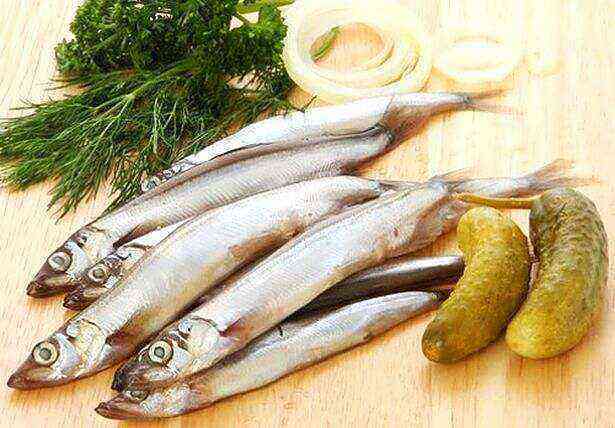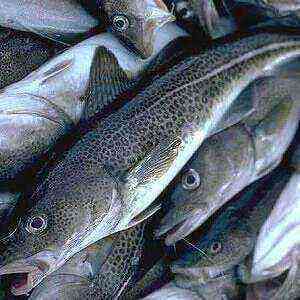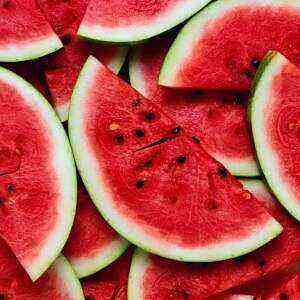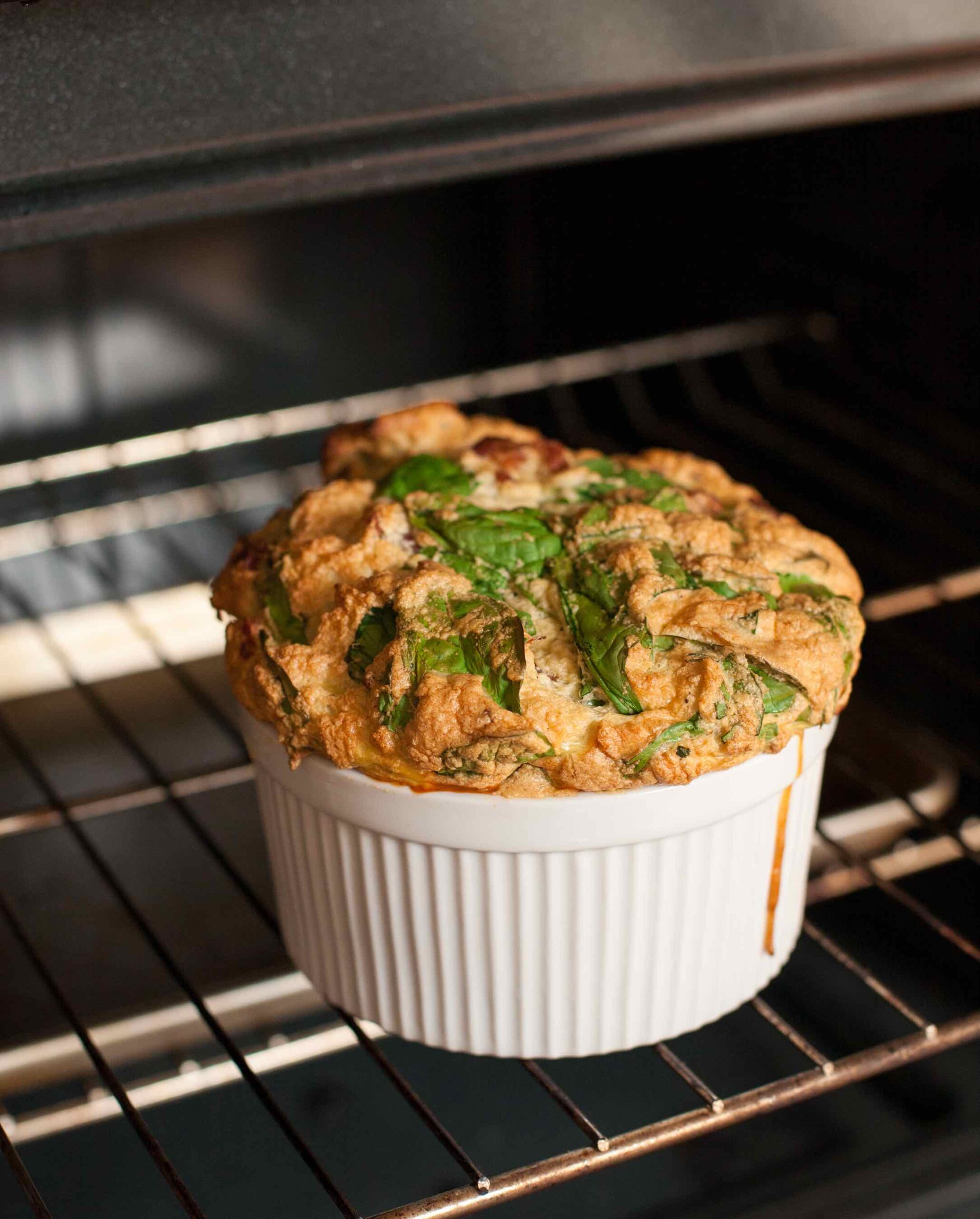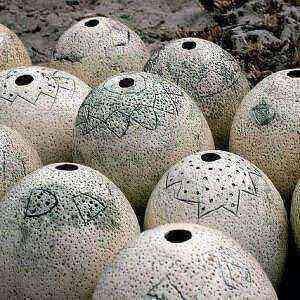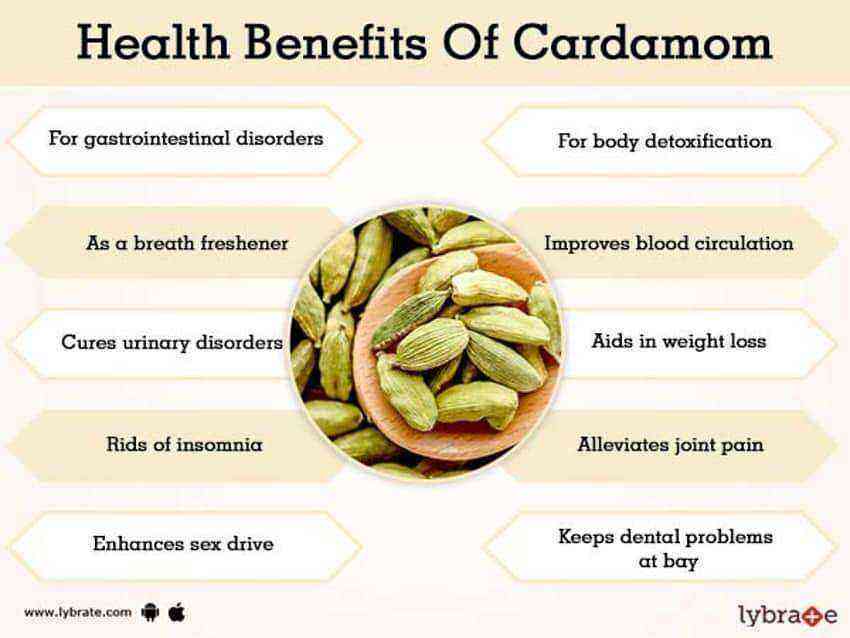
Rutabaga is a storehouse of mineral salts (sodium, copper, potassium, phosphorus, iron, calcium, magnesium, manganese, selenium, zinc), proteins, fiber, pectins, ascorbic acid, beta-carotene, tocopherol, B vitamins and essential oils. In addition, it contains mustard oil, which strengthens the immune system, activates regenerative processes in the tissues. Useful properties of the vegetable are due to anti-inflammatory, diuretic, wound healing, anti-burn effect.
In folk medicine, root medicines are used to prepare medicinal drugs to relieve swelling, clean the intestines, normalize stools, and treat bone damage. It is proved that a representative of the cabbage family increases the barrier functions of the body, dilutes sputum, normalizes metabolic processes, eliminates beriberi.
Botanical description
In the first year, the plant forms a root crop and a rosette of leaves, in the second – seeds, flowering shoots. Rutabaga leaves almost bare, sparsely pubescent, lyre-periston-cut. Inflorescence is a brush. Petals are golden yellow in color, limbs are obovoid, turning into the nail. The stem is leafy, straight and tall. The whole plant is gray.
The fruit is a polyspermous pod, smooth, sometimes slightly tuberous, reaching 5-10 cm in length. Seeds are dark brown, spherical, up to 0,18 cm in diameter. The color of the bark is violet-red, gray-green, pulp – white, yellow. Root shape: cylindrical, round-flat, oval, round (depending on the variety).
Plant varieties
There are table and fodder swede types. In the first case, the root crop has a flat-rounded configuration, different juiciness, pleasant aftertaste. In the second, it is a hybrid of ordinary cabbage and dining swede.
This species has a more coarse structure, white-eared, unpretentious to environmental conditions, undemanding to care, fruitful. Cultivated for livestock feed.
Common varieties of swede
Krasnoselskaya
Table grade. The pulp is sugary, yellow shade. Krasnoselskaya rutabaga has a mid-early ripening period, the growing season varies from 90 to 120 days. The root itself is gray-green with a purple tint, flat-rounded shape. Good lies in the winter. The weight of one stump is 300-600.
Zeltene abolu
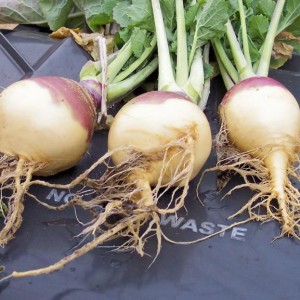
Kohalik blueing
Table grade. The lower part of the vegetable is yellow, the upper part is purple-bronze. The flesh is not bitter, juicy, tough. Root crop of a rounded flat configuration, large sizes, weighing up to 900 g.
Swedish
It belongs to table-fodder varieties, it is inferior in taste to Krasnoselskaya swede. The vegetation period is 125-130 days. The root crop is yellow at the bottom and gray-green at the top with a characteristic red shimmer. It has a round or flat rounded shape. Differs in high safety. The flesh is yellow, less sugary than that of Krasnoselskaya swede. The surface of the root is smooth or rough, resembles a fine mesh.
Lanyi
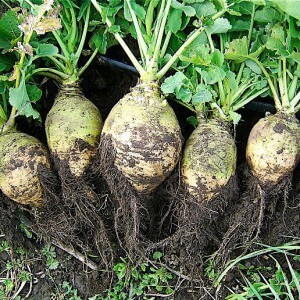
Vyshegorodskaya
It is a new variety of fodder rutabaga that has increased disease resistance and improved palatability. The color of the peel is yellow-greenish or red-violet, the flesh is white. The shape of the root crop is most often can-shaped, less often – rounded-oval. The weight of such a swede reaches 1900 grams.
Fodder species are more productive and less demanding on growth conditions than table ones.
Chemical composition
Rutabaga is a dietary root vegetable, in 100 grams of which all 37 kcal is concentrated. The benefit of the vegetable is in the minimum amount of fat, the abundance of carbohydrates, vitamins, fiber, macro-and micronutrients.
Nutritional value of swede pulp
Components
Content in 100 grams of product, grams
Water 87,8 Carbohydrates 7,7 Mono- and disaccharides 7,0 Dietary fiber 2,2 Proteins 1,2 Ash 0,8 Starch and dextrins 0,7 Organic acids 0,2 Fats 0,1
Chemical composition of swede pulp
Name
Nutrient content in 100 grams of product, milligrams
Vitamins
Ascorbic acid (C) 30,0 Niacin (B3) 1,1 Pyridoxine (B6) 0,2 Pantothenic acid (B5) 0,11 Tocopherol (E) 0,1 Beta-carotene (A) 0,05 Thiamine (B1) 0,05 Riboflavin (B2) 0,05 Folic acid (B9) 0,005 Biotin (H) 0,0001
Macronutrients
Калий
238,0
Фосфор
41,0
Кальций
40,0
Магний
14,0
Натрий
10,0
Trace Elements
Железо
1,5
Цинк
0,34
Марганец
0,17
Медь
0,04
Селен
0,0007
Interestingly, during winter storage, the chemical composition of the root does not change, but remains exactly the same as that of rutabaga that has just been dug out.
The utility of the root
Swede – a source of ascorbic acid, dietary fiber, nitrogenous substances, essential oils, pectins, starch, mineral compounds. 100 grams of root pulp contains 33,3% of the daily intake of vitamin C, 11% fiber. Vegetable has anti-inflammatory, urinary, antibacterial, anti-inflammatory and healing effect on the human body.

- Regulates the activity of the intestine, improves the digestive system, improves metabolism.
- Strengthens the immune system, prevents viral diseases. Vegetable culture is recommended for use in winter and spring, when the body is acutely experiencing signs of beriberi.
- Promotes rapid tightening of wounds and abrasions. It is used to treat skin lesions.
- Eliminates puffiness, removes excess fluid.
- Lowers cholesterol, normalizes blood pressure.
- Strengthens the heart muscle, makes the walls of blood vessels more elastic, protects against atherosclerosis.
- Increases vitality, gives strength.
- Strengthens bones, teeth, nails.
- Prevents anemia.
- Sanitizes the oral cavity.
- Restores tissue after burns.
- Strengthens hair follicles.
Swede juice is used in folk medicine as an expectorant.
It is interesting that the root crop is approved for use by patients suffering from diabetes mellitus, since a significant proportion of the carbohydrates of this vegetable are represented by fructose.
Useful properties of the culture do not disappear during short-term heat treatment (up to half an hour). Therefore, the root can be fried, baked or cooked. However, it is most useful to eat it raw.
Rutabaga is a low-calorie dietary product (37 kcal per 100 grams), which quickly gives a feeling of satiety, speeds up metabolism, and prevents obesity. Thanks to what is used in programs for weight loss. Cabbage stalk is recommended for poor dental health, osteoporosis, fractures, diabetes mellitus, constipation, anemia, edema, colds.

- cystitis;
- stomach ulcer;
- gastritis;
- children’s age up to 4 years (due to the abundance of fiber in the pulp of the baby’s body can not cope with the product);
- allergy.
Remember, rutabaga contains coarse fibers, which can cause inflammation of the gastric mucosa, leading to increased gas formation. For diseases of the digestive system before consuming the product, consult your doctor.
Traditional recipes
From cough
Mix juice from one root vegetable with 50 ml of honey. Take 10 ml in the morning, afternoon, before bedtime.
For skin lesions (wounds and abrasions)
Moisten gauze in the swede juice, attach to the problem area, cover with a plastic bag, leave overnight.
From chronic bronchitis
To prepare the product, chop 500 g of swede, stew in 50 g of butter for 15 minutes. Enter in a warm mixture 50 ml of natural honey, 50 g of walnuts, mix everything. The dish is divided into 2 servings, taken daily for 10 days.
From arthritis

From chronic constipation
Boil the root vegetable of one swede (until softened), puree in a blender, consume 2-3 times a week. Serving size – 250 g.
From anemia, atherosclerosis
Squeeze the juice from swede. Drink 100 ml of 3 once a day before meals.
Used in cosmetics
Swede has a positive effect on the condition of the skin (when applied externally):
- promotes tightening of scars and scars, reduces their severity;
- whitens face;
- relieves acne, pigment spots, freckles;
- stops inflammation in the dermis;
- moisturizes the skin;
- cleans pores.
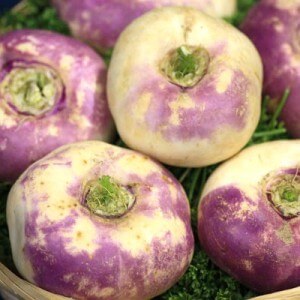
To moisturize the skin and eliminate pimples, the pulp of 1 root vegetable is ground and mixed with 10 ml of store sour cream 15%, 5 ml of cucumber juice and 5 ml of natural honey. The mixture is thoroughly kneaded, applied to the face, avoiding the area near the eyes and lips for a quarter of an hour. Shoot with a cotton sponge. To achieve the result, apply the mask every other day for 14 days.
To get rid of freckles, freshly squeezed root juice is daily rubbed into problem areas. The course of therapy is up to 1,5 months.
Cultivation and care
A representative of the Cabbage family prefers black soil with pH 6-6, 9. Rutabaga is a cold-resistant plant that can withstand short frosts (up to 4 degrees below zero). With a prolonged decrease in temperature, the roots become rough, lumber, and the stump itself throws out a flower arrow.

Rutabaga is a moisture-loving plant that does not tolerate drought. Vegetables are recommended to be fed with mineral fertilizers (30 g of potassium sulfate, 20 g of superphosphate and sodium nitrate). The rest of the treatment for rutabaga is the same as for turnips.
Harvesting depends on the variety of the plant and is carried out after it has reached maturity (on 90-130 day).
In a harsh climate, cabbage stalk is grown exclusively by seedling, and in areas of the middle line, direct sowing of seeds in open ground. With sufficient watering throughout the growing season, the yield of the dining room turnips reaches 300-400 c / ha, and the fodder yield – 500-600 c / ha.
Useful recipes
The flavor characteristics of a dish are directly dependent on the quality of the products from which they are prepared and the observance of the technological process conditions.
When buying rutabagas, give preference to hard-to-touch root crops, without foreign smells and damage. The vegetable should smell like earth, be of medium, impressive size. A small stalk will be bitter and not very juicy. It can spoil the taste of the dish. To eliminate even a slight bitterness, place the root vegetable in cold water for 30-45 minutes.
Rutabagas prepare soups, casseroles, stews, mashed potatoes. The product is served boiled, baked or fried. It can be stewed with spices in sour cream and presented as a garnish for meat or fish dishes.
Recipe № 1 “Vitamin salad with turnips”
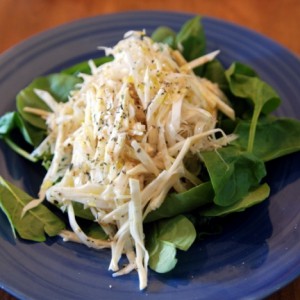
- apples – 2 pcs;
- swede – 1;
- celery – 1 branch;
- parsley – 1 bunch;
- lemon juice – 15 ml;
- sour cream – 50 ml;
- honey – 5 ml.
Principle of preparation:
- Remove peel from rutabagas, core the apples, grate them on a fine grater.
- Prepare the sauce: mix sour cream, honey and lemon juice.
- Wash greens, cut.
- Mix all the ingredients.
To enhance the flavor of the salad, add pumpkin pulp.
Recipe No. 2 “Spiced Baked Rutabaga”
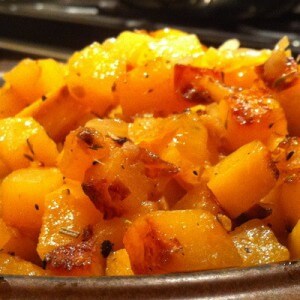
- swede – 1,5 kg;
- bread crumbs – 150 g;
- chicken egg – 1 pcs;
- sugar syrup – 100 ml;
- cream 20% – 400 ml;
- ground ginger – 5 g;
- nutmeg, white ground pepper – according to 2 g;
- hard cheese – 100 g;
- butter.
Technology of preparation:
- Remove the rutabaga from the peel, cut into small pieces, boil until soft.
- Remove the vegetable from the pan, crush in the mashed potatoes. Do not pour out the decoction.
- Prepare dressing: mix spices, eggs, cream, sugar syrup and breadcrumbs, beat with a mixer. Add a small amount of swede broth to the resulting mass. Pour into mashed potatoes, mix.
- Preheat oven.
- Grease the form with butter, put the prepared mass, sprinkle with breadcrumbs and grated cheese. Place the dish in the oven for baking. In the oven to maintain the temperature 170 degrees, cook 1,5 hours.
Recipe number 3 “English Rubukhenny Soup”

Principle of preparation:
- Peel vegetables, chop, place in an enamel container.
- Fill the pot with water, close the lid, simmer 10 minutes.
- Add barley porridge. To simmer on the fire 45 minutes.
- Before shutting down, flavor the dish with salt and pepper.
To improve the taste, add fried 2 chicken fillet and 4 slices of bacon, cut into thin strips, in the soup.
Conclusion
Rutabaga is a two-year culture that is a symbiosis of cabbage and turnip. An aboveground rosette of leaves and an underground root crop are formed in the first year of the plant’s “life”, and a peduncle with seeds – in the second. Visually, the configuration of the vegetable resembles a turnip, however, it is larger in size. Depending on the variety, it can be round, flattened, elongated. Table species are used for eating, and fodder species for feeding livestock. Above, the cabbage stump is covered with a protective hard yellow shell, under which there is a juicy pulp. To the taste, rutabaga is sweet, slightly pungent.
Root crop is a natural source of health. Dietary fiber, which is part of the pulp, reduces the concentration of cholesterol in the blood, stimulates intestinal motility. Organic acids accelerate the breakdown of fats, improve digestion of food. Fructose, a natural sugar substitute, safe for teeth and diabetics. Mustard oil has a bactericidal, analgesic effect on the body. Folic acid improves the functioning of the immune system, supports the health of the nervous system, and increases the chances of conceiving a baby. Vitamin C acts as a powerful antioxidant, protects the body from viruses, infections, colds.
Thus, swede – a symbiosis of nutrients necessary for the smooth operation of the body. It is recommended to use for obesity, edema, constipation, cardiovascular pathologies.
The juice from the root vegetable has an expectorant, mucolytic effect, treats diseases of the respiratory system, suppresses the inflammatory process in the oral cavity. When buying a cabbage stump, pay attention to the fact that the root crop should be heavy in weight, without fibrous roots, wrinkles and damage, dense, firm, with a smooth skin. To maintain health, it is recommended to eat fresh vegetables 2-3 times a week or to cook puree on its basis (serving size – 250 g).
